The Rationale for a Strong, Permanent Ordnance Museum
A 92-page document titled Historical Monograph Aberdeen Proving Ground Museum 1919 – 1960 was prepared by Col. Jarrett’s faithful assistant and later successor, Karl F. Kempf, and published by the Ordnance Corps in January, 1961. As well as outlining the history of the Museum over those eventful decades, this interesting and well-written overview contains the following thought-provoking arguments for the retention of the Museum in the face of strong and continuous opposition from some quarters in the military:
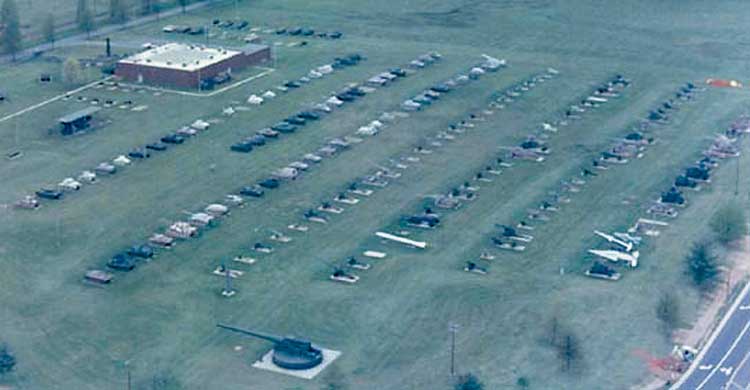
It is often felt by some individuals that a museum is only a repository for material which no longer can have any value except perhaps to delight and amuse the casual visitor. Nothing could be further from the truth. A museum is, in reality, physical evidence of something that man has done and if its collection is reasonably complete and properly arranged it represents the background of his efforts to accomplish something. It will reveal his progress step by step and show how he arrived at his solutions.
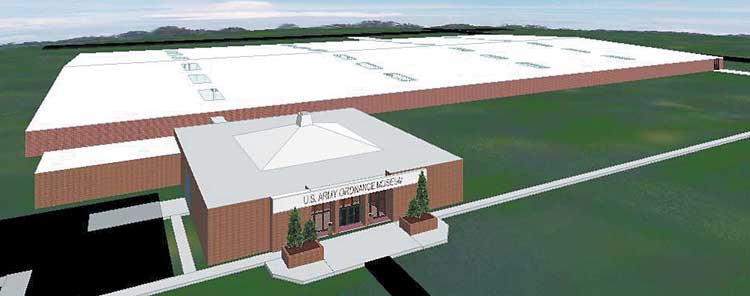
In order to understand present thinking it is necessary to retrace the road that led to current development, and learn the basis on which this present thinking rests. Knowing this we can then take the correct path for our future work, and avoid the mistakes we would make if we had no knowledge of the past.
The Museum at Aberdeen Proving Ground is a highly specialized institution which contains the concrete examples of past thinking in the field of ordnance materiel. It is a veritable treasury of ideas of ordnance design. If properly understood and thoroughly exploited it can have inestimable value for the ordnance engineer, the career soldier and the historian.
While of great historical value the collection in the APG Museum is of even greater value for research and development and technical intelligence purposes. Each museum specimen, obsolete or current, foreign or American, represents an attempt to solve some problem of ordnance design. By carefully studying these design features the ordnance engineer may make use of good features and reject bad features, to his over-all advantage. The technical intelligence value of the Museum lies in the fact that it allows us to keep abreast of foreign design.
It is interesting to note that a design which has become obsolete may be revived at a later date, albeit in much improved form. An example of this is the Gatling gun, the last model of which appeared in 1903. Forty-three years later it was again being considered and by 1956 a power-operated aircraft gun based on the Gatling principle was adopted. The hand-firing Gatling gun had been supplanted by the lighter, faster-firing guns operated by the forces of the powder gases. Then, after World War II, came the requirement for rates of fire beyond the capability of existing guns. A study of past and present machine guns revealed the fact that the Gatling gun design, if motor driven, could meet the requirement for an extremely high rate of fire. Thus out of the past came an idea for the future, and since it is true that ordnance concepts continually change, it is inevitable that they will run the full circle and return to previous ideas. For this reason, if ordnance materiel is not preserved in a museum, many valuable ideas can be lost.
The collection at the APG Museum is as complete as possible. Every effort has been made to acquire all the links in the ordnance chain and to prevent the breaking of this chain. Many items are irreplaceable, and no photograph or description can ever equal the value of the physical specimen.
The mortal enemy of the Museum is the “scrap drive,” which has periodically threatened its very existence. Two such drives in the past have seriously damaged its collection. For this reason Colonel G. B. Jarrett has fought ceaselessly for a directive which would protect the Museum from arbitrary destruction, but so far [he] has not been completely successful in achieving this end. It is to be hoped that sometime in the future the APG Museum will acquire a status that will place its collection out of reach of “scrap drives” so that its wealth of background material will always be able to enhance the over-all knowledge of the Ordnance officer and Ordnance engineer, and be of maximum value to the Ordnance Corps.
Museum Closure and Break-Up of the Collection
Unfortunately, the well-reasoned arguments put forth in Mr. Kempf’s Historical Monograph were not enough to ensure that the APG Ordnance Museum would survive intact. As the Monograph itself continued,
The World War II experience had demonstrated the value of an ordnance museum. It served as the basis for Ordnance Technical Intelligence, was a valuable asset for research and development, and became a storehouse of ordnance information. It was the only place where the entire field of ordnance development, U.S. and foreign, could be studied. Although its historical value was not stressed, and although its display did not come within the meaning of the Special Regulations (SR 870-10-1) defining historical property, it nevertheless possessed historical value as a physical illustration of ordnance development over a period of years [However,] no regulations existed which could have prevented [the loss of much of the original collection in the 1942 salvage campaign], and the museum collection was therefore vulnerable to destruction.
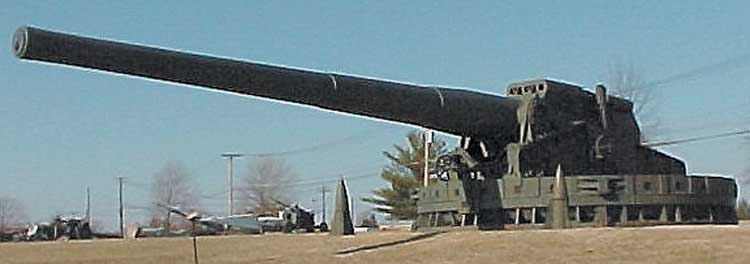
Elliot Deutsch, the Chairman of the newly reformed Aberdeen Military Museum Foundation, Inc. (AMMF), recalls that after it opened in May, 1973, the U.S. Army Ordnance Museum was a very popular tourist “must-see” destination, with attendance of up to 250,000 visitors annually up to 9/11. Attendance bounced back after the 9/11 attacks, climbing from 0 to 65,000 in 2007, and to 70+ thousand in 2009.
However, in conformance with the Base Realignment and Closure Act (BRAC), the Museum was closed to the public in June, 2010, and over the last year most of the collection has been moved to the U.S. Army Ordnance Center and School, located some 200 miles away at Fort Lee, Virginia.
The Renaissance of the Aberdeen Proving Ground Museum
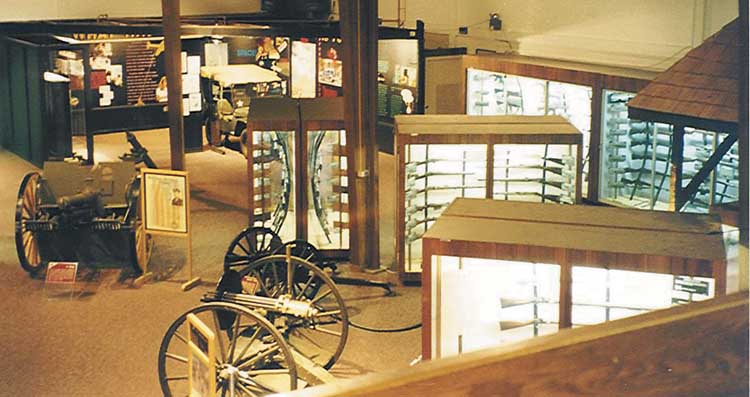
A new museum, to be known as the Aberdeen Proving Ground Museum (APG Museum) will open in 2012 in the existing museum building. The new APG Museum Director, S. Gail Fuller, is working diligently to get this new museum into operation. Its collection will include the following:
- the Communications Electronics Command (CECOM) Museum, which is moving to APG from Fort Monmouth, New Jersey;
- vehicles, weapons and artifacts from some of the 70 tenant research and development organizations operating on APG;
- about 140 of the existing large artifacts (tanks, artillery, etc.) not moved to Fort Lee;
- the history of APG, Edgewood (formerly Edgewood Arsenal) and Fort Hoyle (a former pre-WWII Field Artillery post adjacent to Edgewood Arsenal);
- native American artifacts from the region;
- relics from the Old Baltimore archaeological site, a town on the Aberdeen Proving Ground peninsula on the shore of Bush River, established in the mid-17th century by early settlers from England.
As can be seen, the new APG Museum promises to house a new, exciting and diverse collection that will replace the Ordnance Museum as one of Maryland’s and Harford County’s great tourist and educational attractions.
The mission of the newly reformed Aberdeen Military Museum Foundation, Inc. (AMMF) will be to support the mission of the APG Museum, which is to collect, preserve, and exhibit historically significant property that relates to the history of the Army at APG and associated installations. The focus of the new APG Museum is on Army research, development, testing, evaluation and training in basic scientific research, serving as a valuable educational resource for the military and civilian populations alike, in fields such as physics, biology, electronics, communications, and computer development.
Moving Aberdeen’s 16-inch Coast-Defense Gun to the Museum Grounds
It transpired that the U.S. Army’s last intact 16-inc coast-defense gun was located at the Plate Range, a site in a restricted-access area on Aberdeen Proving Ground. The gun, a Navy-built Mk III, serial No. 138, is mounted on the original Barbette Carriage, serial number 1, which underwent various changes in the course of becoming the present “Proof Mount” version. This assembly was used to proof-fire new barrels and perform a wide variety of related ballistic tests between 1919 and about 1948. Having last been fired over 60 years ago, there was of course no one left at Aberdeen with any experience with the gun.
Dr. Raymond Lewis, the Librarian of the U.S. House of Representatives in Washington, D.C. and a long time student of coast artillery, had been researching Aberdeen’s 16-inch gun since 1962, in an attempt to save it from the scrap mill. At least ten years ago Dr. Lewis proposed that the gun be moved to the public-accessible tank park at the APG Museum, and preserved there as an historic exhibit for all to see.
Dr. Lewis’ excellent book Seacoast Fortifications of the United States was the catalyst for the formation of a group of “fort fanciers,” which was originally set up as the Coast Defense Study Group (CDSG) in the 1970s. The CDSG became a functioning organization in 1985, with Elliot Deutsch becoming a member soon afterward.
Dr. Lewis had lobbied military authorities and friends in Congress for years about saving and not scrapping the 16-inch gun, until finally one influential person “got on board.”
When someone at APG finally sought some information about what would be involved, Dr. Lewis and others in the CDSG recommended Elliot Deutsch, later a faithful member of the Aberdeen Military Museum Foundation, who has long had a deep personal interest in coastal defense. Over time Mr. Deutsch has visited and studied many sites, forts, castles and battlefields in the U.S. and almost 30 foreign countries.
Mr. Deutsch seemed a natural person to go to, as he was mechanically inclined, already a lover of heavy artillery, and, as a resident of nearby Bel Air, Maryland, the closest CDSG member to Aberdeen.
Mr. Deutsch was first contacted in the spring of 1988, and eventually he was asked to serve as technical consultant for the move – a job which also involved considerable heavy hands-on work and the donation of lots of the “smaller equipment” required. Fortunately, Mr. Deutsch’s family business is in the rental of just the sort of tools and light construction equipment that were to prove so useful in helping to accomplish the move. Looking back, Mr. Deutsch recalls fondly that while this job was one of the most significant challenges of his life, both technical and diplomatic, it was also one of the most-fun projects he has ever undertaken.
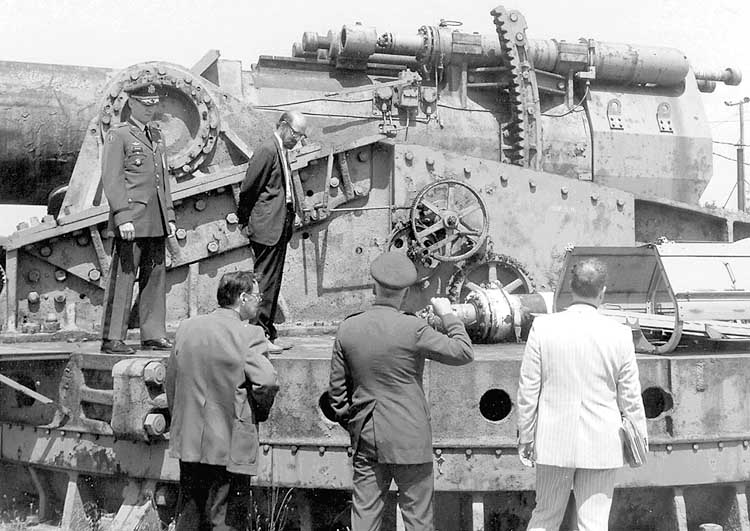
With the permission of the then Chief of Ordnance, BG Leon Solomon, a young Artillery officer named Captain (later Major) Lawrence (Larry) Lentz, who was also personally very keen to restore the gun and display it in a more accessible site on the Museum grounds, was appointed Project Officer. Dr. Lewis, Captain Lentz and Mr. Deutsch were joined by a large group of helpers – welders, fitters, and in the end, the men and heavy equipment of the U.S. Army’s 7th Transportation Group.
Although both serving Chiefs of Ordnance during the period of the move, BG Solomon and BG Ball, were very supportive, “diplomatic challenges” (poor or negative attitudes on the part of many in the mid- and upper-level areas of the military) were a constant obstacle. These ranged from an initial tendency to ignore the project entirely, followed by a period of mockery at the efforts being expended, and, finally, positive steps to impede or stop the project.
In all, a total of 14 months, replete with tragicomic events which both plagued and delighted the volunteer crew, was required to engineer and accomplish the move. By judicious scheduling, the necessary equipment was made available, and the job was finally completed in 1989. As Mr. Deutsch recalls it,
…to separate stubborn metal parts, the choice was among “threaded”, “bolted,” “rusted, or “too heavy for the crane,” while in order to combat personal obstruction, we had to overcome a much wider variety of human emotions.
The heaviest single part is the barrel, which is 68 feet long, and with recoil band still attached (we did not remove it) weighs 155 tons. It was lifted several times with two or three 75-ton cranes and the final few times with a single 250-ton crane to install it. The cradle is the next heaviest part, at 55 tons.
New Addition Planned – Members and Donations Sought
In the future the Aberdeen Military Museum Foundation, Inc. (AMMF) will also raise funds to construct a museum addition large enough to house and protect all the externally-stored artifacts from the elements.
The AMMF is actively campaigning for new members who can and will serve and donate to help realize the stated mission of the Foundation. For those who may be interested, the AMMF mailing address is as follows:
AMMF
PO Box 688
Aberdeen Proving Ground, MD 21005
(Look for the final instalment about Col. Jarrett in an upcoming issue of SAR detailing the legacy left by Col. Jarrett and the many people who benefitted from his vision and dedication.)
| This article first appeared in Small Arms Review V15N1 (October 2011) |











